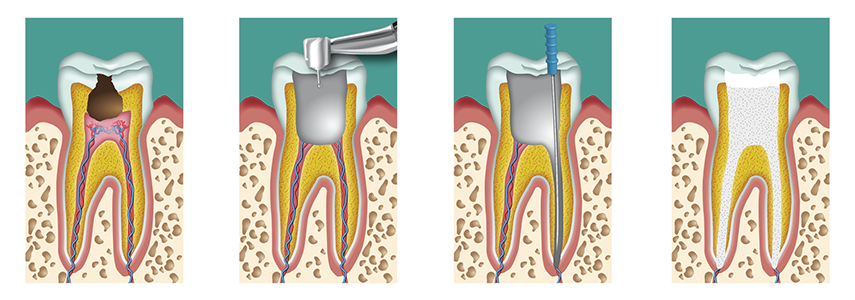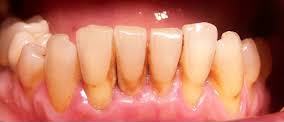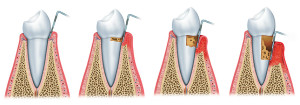Failure of root canal treatment is more likely to occur when one of the root canals is not treated.
An untreated root canal, which therefore has not been completely cleaned, can become the focus of a new bacterial infection and give rise to chronic apical periodontitis which leads to the failure of root canal treatment.
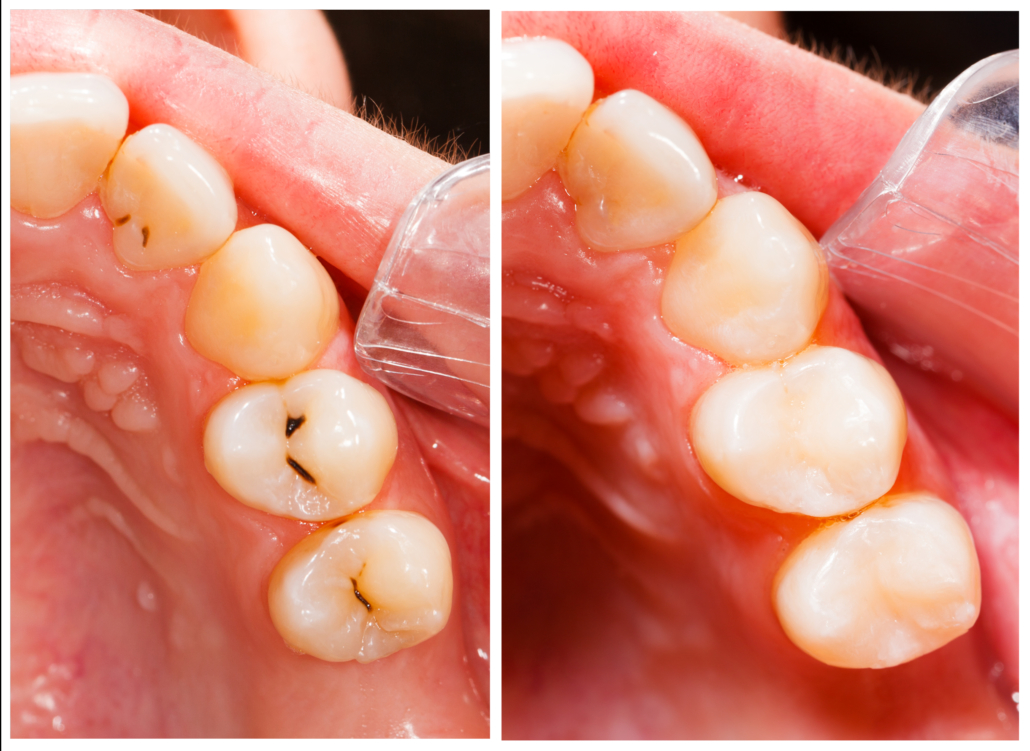
When root canal failure occurs
During an endodontic treatment some conditions may occur that do not guarantee complete cleaning of the root canals.
Among these the most frequent are:
- impossibility for the dentist to accurately assess the patient’s anatomy;
- complexity of the shape of the root canal;
- error in evaluating access to root canals.
The scientific literature is focusing research on the need to explain the correlation between root canal failure, periapical lesions and root canal failure.
Failure of root canal treatment: why it occurs
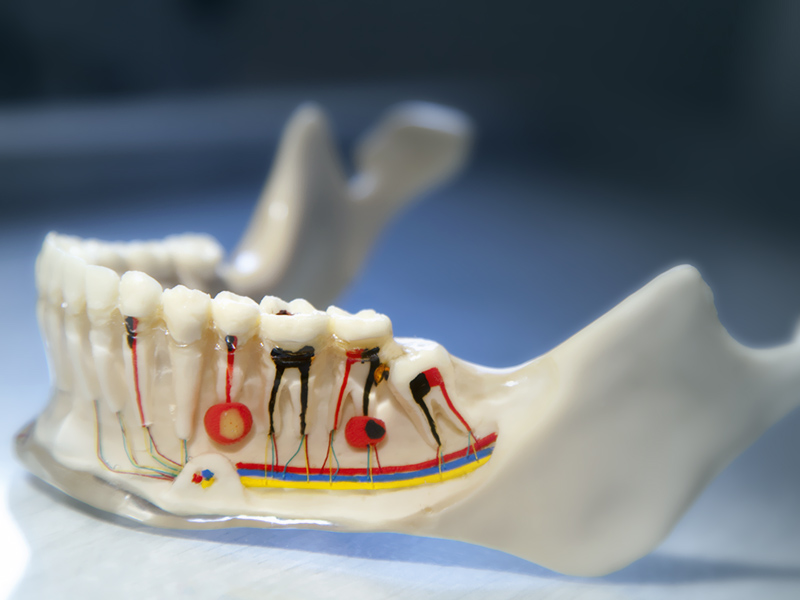
In January 2020, a study was published in the Journal of Endodontics concerning the presence of periapical lesions due to failure to treat root canals.
For the analysis, 1160 Tac Cone Beam performed by eight different dental centers, between January 2018 and December 2018, and independently evaluated by 5 operators were considered.
On a sample of 20,836 teeth with 27,046 roots, 2305 teeth were identified on which root canal treatment was performed.
On 2305 endodontically treated teeth a careful evaluation was carried out to determine the presence of a lack of treatment of the root canals and the presence or absence of periapical lesions.
The results of the research
The research revealed the presence of a lack of treatment of root canals equal to 12% of the teeth treated edodontically, of these in 82.6% of cases the presence of a periapical pathology also emerged.
In particular, the roots of maxillary molars that had untreated root canals confirmed a 3.1 times greater probability of developing a periapical lesion compared to maxillary molars in which the root canals were fully treated.
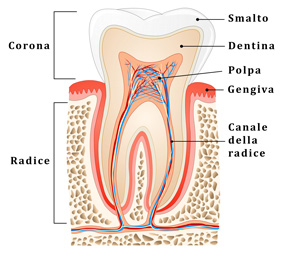
How to prevent root canal failure
The study shows that the correlation between root canal failure, periapical lesions and root canal failure is very close.
To avoid the failure of endodontic treatments, the diagnosis phase and careful planning of the intervention are very important.
The actual competence of the dentist and the use of state-of-the-art diagnostic tools make it possible to thoroughly analyze the details of the patient’s anatomy with very little margin of error.




